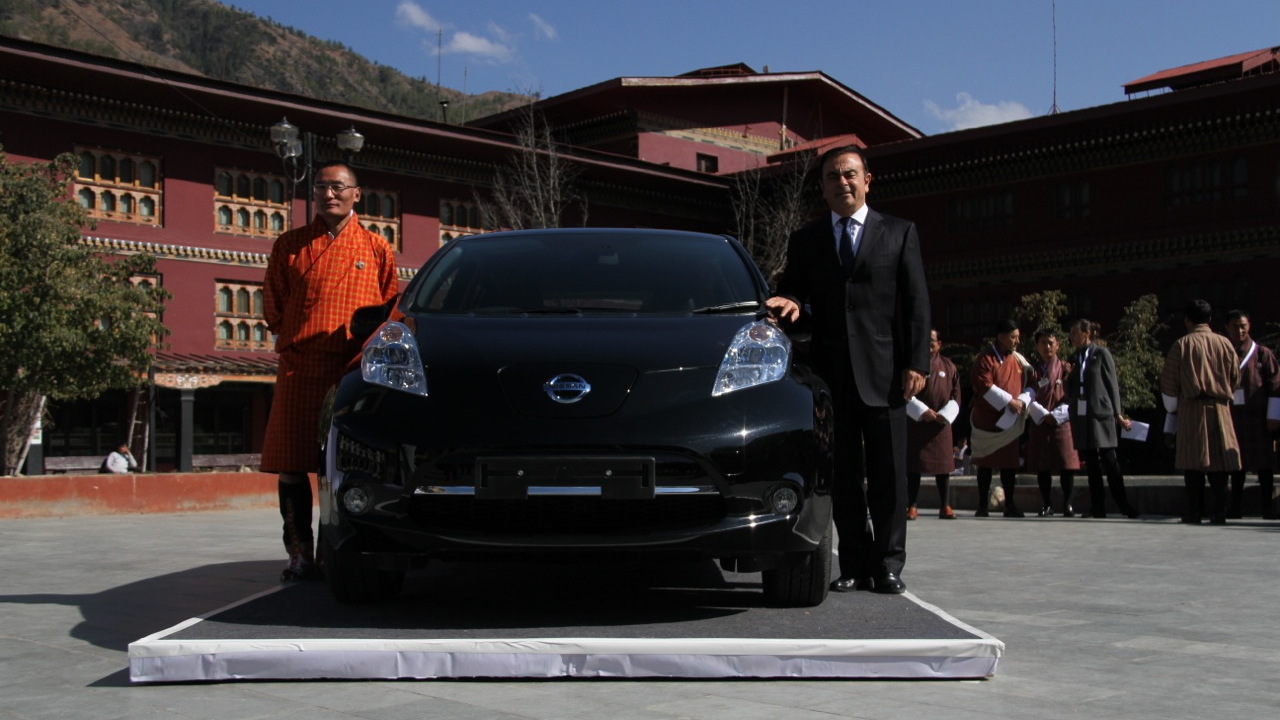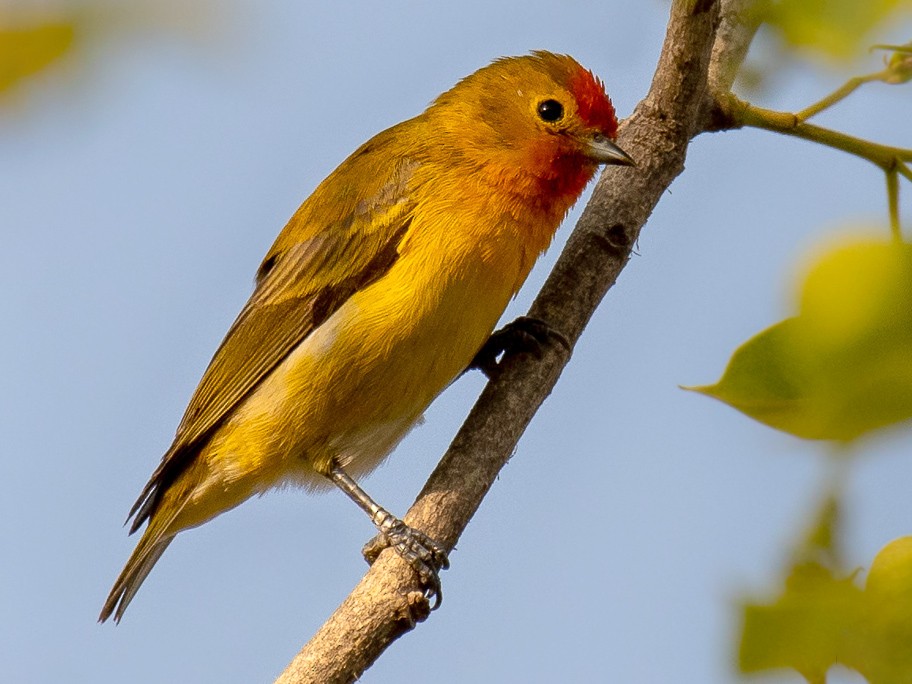Bhutan - The world's only Carbon-negative nation
*This blog was originally posted on 10.11.2020 on the Palaeomanchester blog*
Whilst doing research on rewilding species in the UK, I was curious to see how it ties in with mitigating climate change and how it can help the UK reach its target to become a carbon-neutral country by 2050. Whilst looking into this, I stumbled across the rather impressive record that is held by Bhutan, that it is, as of 2020, the only carbon-negative nation.
The Kingdom of Bhutan is a small landlocked nation located in South Asia between India and China. Despite being sandwiched between two nations that are notorious for contributing massively to global carbon emissions, Bhutan is the only country in the world that is carbon-negative.

The entire nation only produces 2.2 million tonnes of carbon per year, which is less than half the annual emissions of Northwest England alone. Forested areas in Bhutan cover 72% of the land, which absorb 4 million tonnes of carbon per year. Compare this to the fact that European countries on average have 22% of their land covered by forest and it is clear to see why Bhutan is ahead of the curve in this respect. To go with this, 56.3% of Bhutan’s population is involved in agriculture, forestry and conservation, which means that this forested area is constantly maintained. In order to attract people towards these jobs, the Bhutanese governments subsidises free electricity for all rural farmers, in order to deter a large population accumulating in cities, which would cause carbon emissions to rise.
As well as this, the country has taken further measures to contribute less to carbon emissions. One of these is that in 2014, the government secured a partnership with Nissan car manufacturer, who are the global leaders in producing zero-emission vehicles. As a result, 10% of all cars in Bhutan are powered by electricity and this number is rising every year. As well as electric cars, the vast majority of Bhutan’s energy comes from hydroelectric power, which is sourced from the 4 major river systems that flow through the nation. Since 2019, the use of single-use plastic has been banned, making them one of the only countries to do so.

Perhaps the most effective measure to keep the natural landscape intact and to reduce waste is that Bhutan has a tourist tax, which means that if you wanted to visit, you’d have to pay between $200 and $250 per day. This would cover all travel, food and accommodation whilst visiting. $65 of this daily fee goes towards conservation of nature, which adds up to be a major contributor, as Bhutan welcomes 130-150 thousand tourists every year.
In a world where governments seem to prioritise the economy and infrastructure, it is refreshing to see a country focus on the natural environment, as without it, we wouldn’t have been able to build the megacities that exist today. As the majority of countries on earth aim to become carbon-neutral by 2050, perhaps it is best to take a leaf out of Bhutan’s book, as they demonstrate it is possible to run an entire country whilst mitigating against global climate change.
Some of Bhutan’s well-conserved wildlife can be seen as part of collections at Manchester Museum such as the Great-tit (Parus major) and the Fire-capped tit (Cephalopyrus flammiceps).

References
– Climateactiontracker.org. n.d. Bhutan | Climate Action Tracker. [online] Available at: <https://climateactiontracker.org/countries/bhutan/>
– Gvi.co.uk. 2020. Why Bhutan is the only carbon-negative country in the world | GVI UK. [online] Available at: <https://www.gvi.co.uk/blog/bhutan-carbon-negative-country-
– Norbu, Dawa and Karan, Pradyumna P.. “Bhutan”. Encyclopedia Britannica, 14 May. 2020, https://www.britannica.com/place/Bhutan.

Comments
Post a Comment